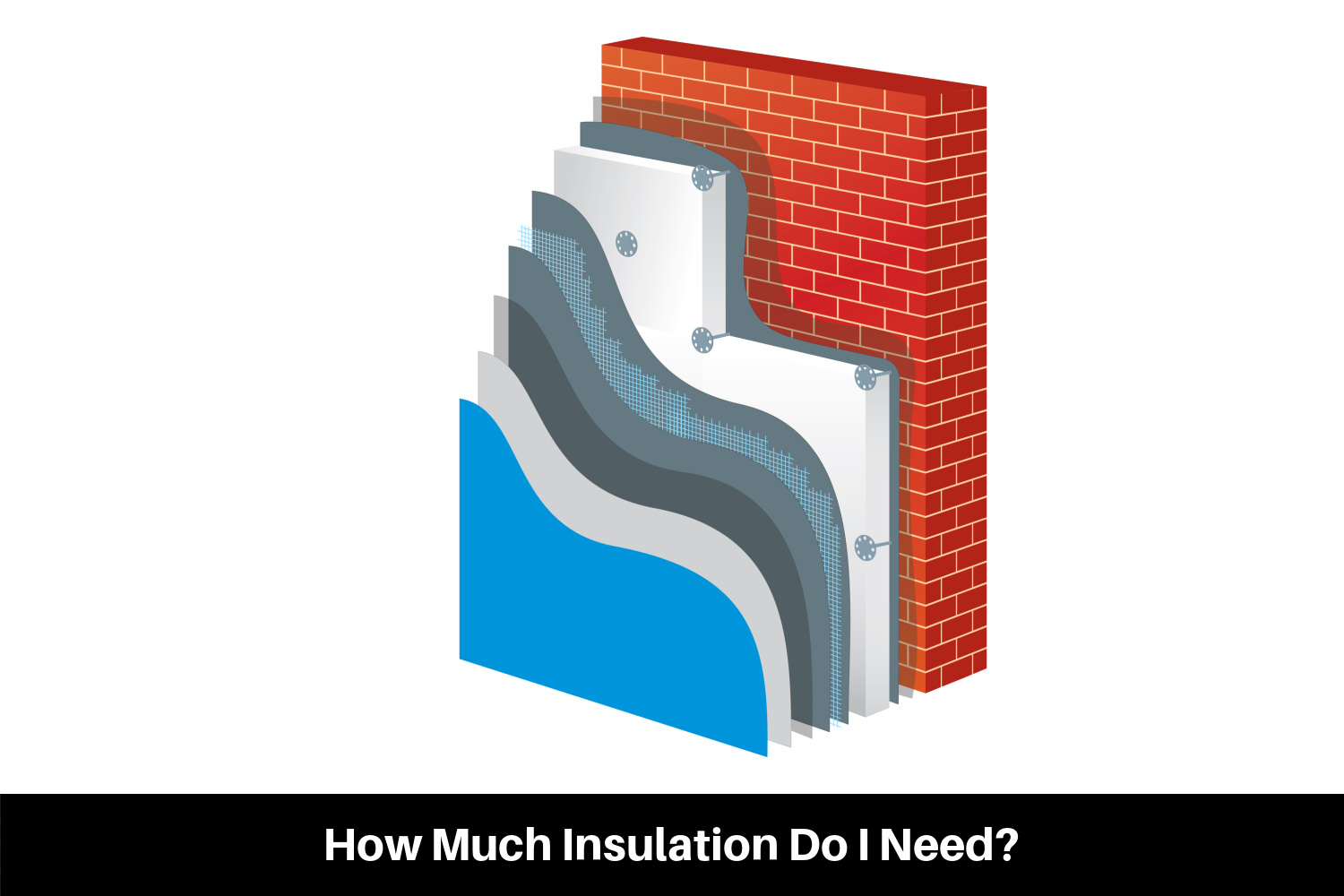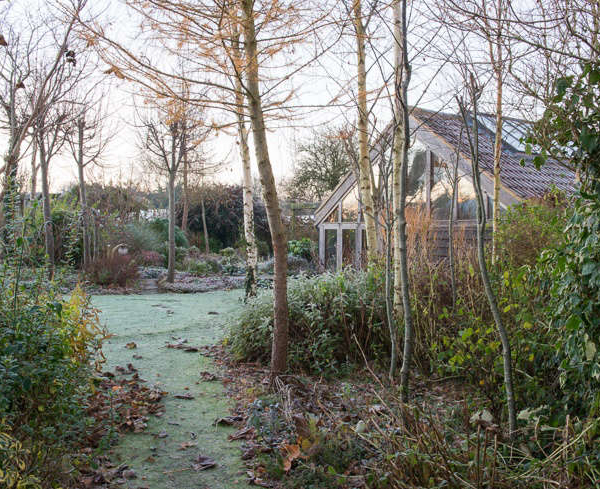The amount of insulation needed for a comfortable home varies with climate. Colder climates require more insulation to keep homes warm. Even houses in warm climates should be insulated to retain cool air and save costs. Ninety percent of US homes are under-insulated.

Recommended R-values
The following map and charts–published by the US Department of Energy and the North American Insulation Manufacturers Association–show Climate Zones and recommended R-values for attics, walls, and floors.
- Zone 1 includes Hawaii, Guam, Puerto Rico, and the Virgin Islands.
- Alaska varies between Zone 5 and Zone 8.
R-Values

R-value is the measure of a material’s resistance to thermal conduction. Higher numbers provide better insulation. Thermal resistance is expressed in R-value per inch. Thicker–but uncompressed–insulation equates to less heat loss.
The R-value of an insulation product is not the R-value of a wall, floor, or attic. Wood or metal studs, joists, rafters, and trusses have a lower R-value than most types of insulation. A continuous insulation barrier on the outside of a building reduces this thermal bridging.
Why Insulate?
Insulation may not be essential, but it makes good sense for these reasons.
- Comfort. Cooler in the summer and warmer in the winter. Eliminates drafts.
- Cost. Lowers energy costs for the life of the house. (EnergyStar estimates that proper insulation lowers total home energy costs by 10%.)
- Noise. Reduces intrusive noise.
- Resale. Well-insulated homes usually sell quicker and for more money.
Find Out How Much Insulation You Have
It is important to know the type and R-value of any existing insulation before adding more. Attics and floors are usually easy because they are often open to inspection. Exterior wall inspections require more creativity.
The surest method is to remove a relatively small section of drywall. Inside closets or behind baseboards are easiest to patch. Removing switch or plug covers can also give access. Remember to turn off the power.
R-values of Common Types of Insulation
Once you know the type and thickness of the existing insulation, use the listed R-values to determine what is there and what should be added. All R-values are per inch.
- Fiberglass Batts R-3.7
- Fiberglass Loose-fill R-3.2
- Cellulose R-3.4
- Vermiculite R-2.2 (Beware of asbestos contamination)
- Sheep Wool R-3.7
- Perlite R-2.7
- Spray Foam R-6.5
- Cotton (Denim) Batts R-3.7
- Mineral Wool Batts R-3.3
By selecting the location and determining the recommended amount of insulation, then deducting the R-value of existing insulation, you know how much you need. The remaining choices are what type of insulation is best and how to install it.
Adding Insulation
New home construction is usually governed by local building codes. Insulation R-value requirements are included. Codes are upgraded constantly. Even some houses built less than 20 years ago don’t meet new codes. There is no requirement to upgrade existing insulation.
Even if older homes have some insulation, the R-values are nowhere near today’s recommendations.
Attics
Hot air rises and escapes through the attic. Up to 35%. Almost half of that escapes through unsealed holes for pipes, vents, and ducts. Adding attic insulation is one of the least expensive and effective ways to save heat. Seal all gaps and holes before adding insulation.
- Loose-fill. Blow in cellulose insulation, fiberglass insulation, cotton insulation, or mineral wool insulation.
- Blankets. Add fiberglass rolls or batts to the attic floor.
- Reflective. Add radiant barrier insulation to undersides of rafters.
Walls
Loose-fill insulation can be blown into wall cavities by cutting small holes in the drywall of exterior sheathing and filling them. Then patching the holes. This will not work if the stud cavities already contain insulation.
A more efficient method is to cover the entire exterior wall with rigid board insulation such as extruded polystyrene insulation (R-5.0 per inch) or polyisocyanurate insulation (R-6.5 per inch). New siding or stucco can be added over the insulation.
Floors
Uninsulated floors over crawl spaces or basements usually feel cool or drafty. Encapsulate crawl spaces or insulate crawl space and basement floors. Spray foam insulation or rigid foam boards attached to the bottoms of floor joists works best. Seal all penetrations and insulate the rim joists.
Adding insulation is often expensive but the added comfort, energy savings, and resale value can make it a worthwhile project. DIY is often a viable option. Hiring a contractor is more expensive.


